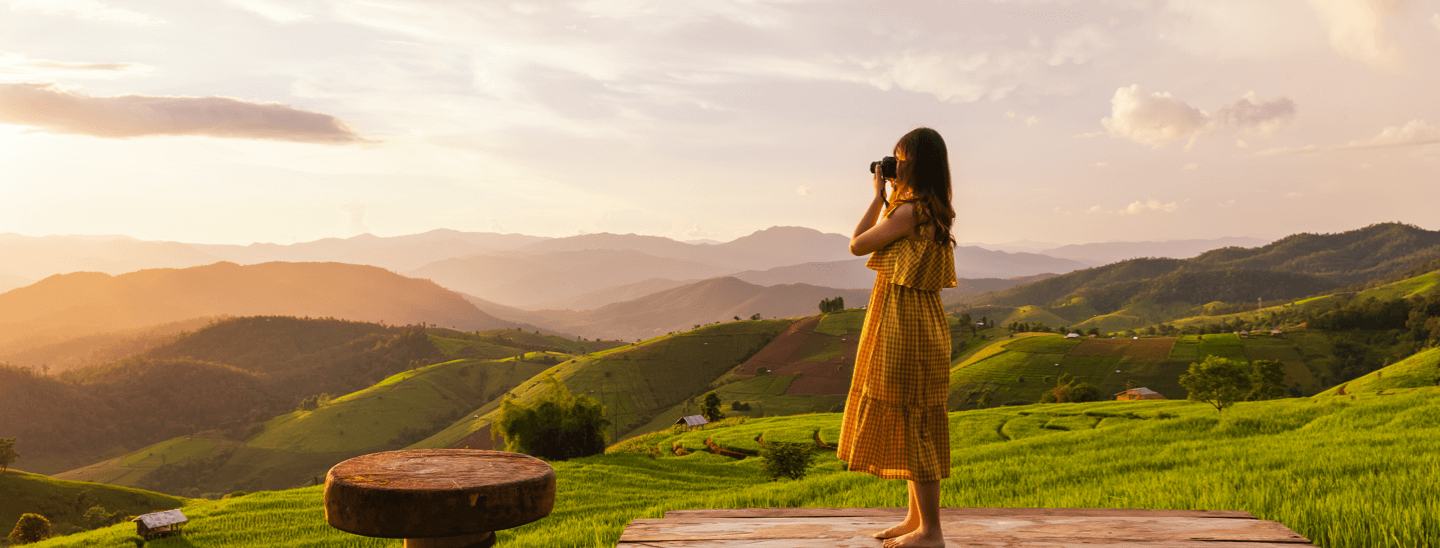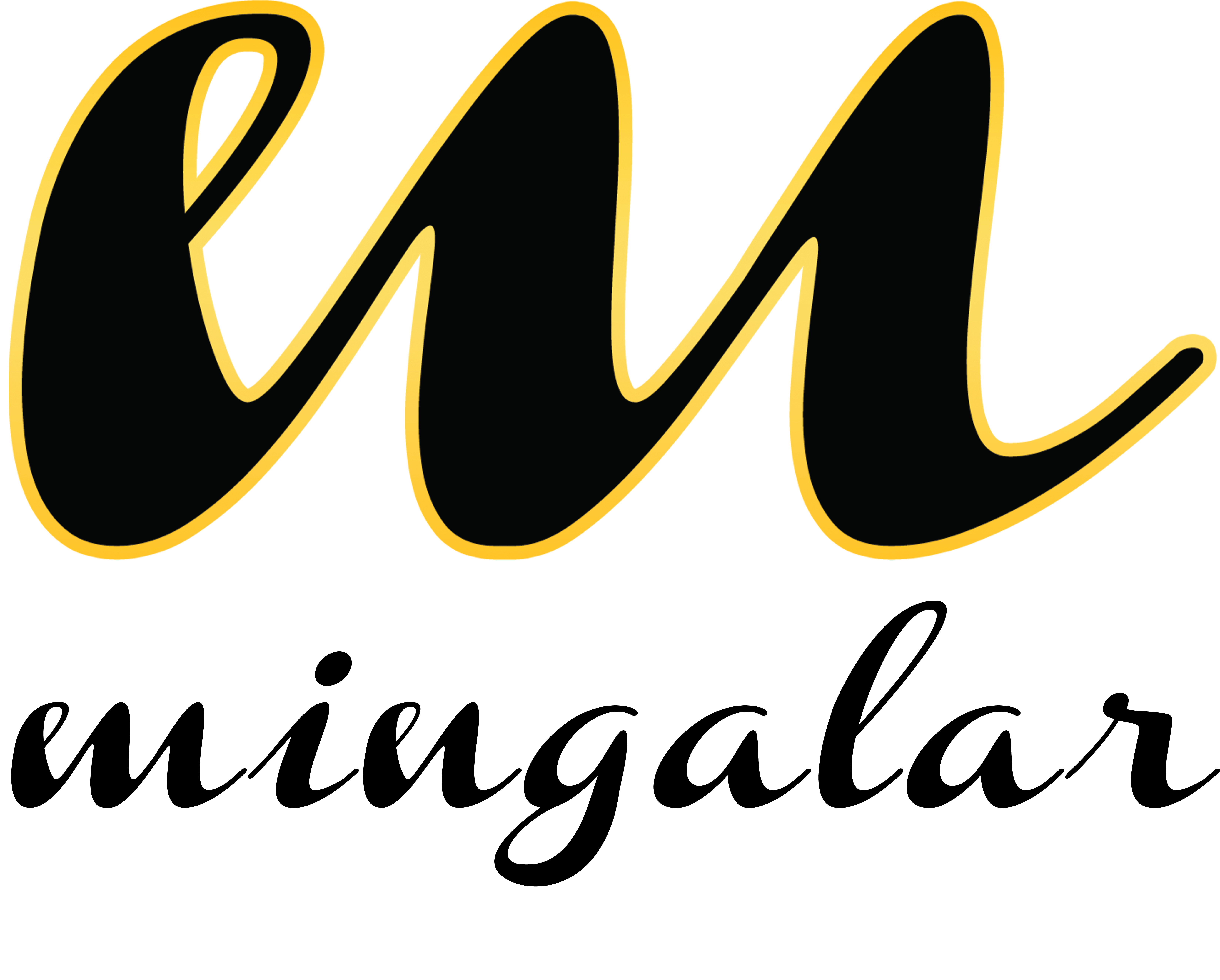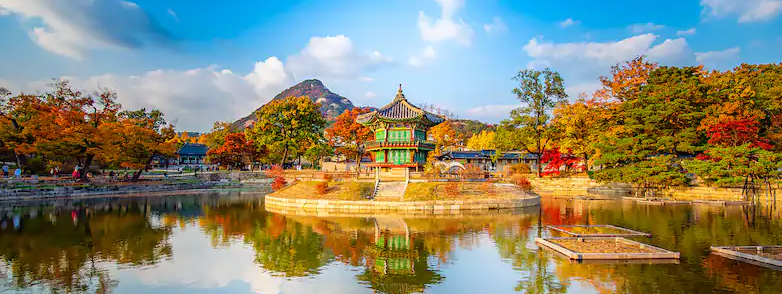
Seoul, the capital of South Korea, is a vast metropolis that combines Buddhist temples, palaces, and street markets with contemporary skyscrapers, cutting-edge subways, and pop culture. The modern Dongdaemun Design Plaza, a convention center with curved design and a rooftop park, is one of the city's main attractions. Other notable locations include Gyeongbokgung Palace, which formerly had more than 7,000 rooms, and Jogyesa Temple, which is home to ancient pine and locust trees.
This was no less accurate than the 3rd-century name. Located at the natural meeting point of sea routes at the tip of the Malay Peninsula, Singapore had long known visits from a wide variety of sea craft, from Chinese junks, Indian vessels, Arab shows, and Portuguese battleships to Buginese schooners.
During the 14th century, this small but strategically-placed island had earned a new name - "Singapura", or "Lion City". According to legend, a visiting Sri Vijayan prince saw an animal he mistook for a lion, and Singapore's modern day name was born. The British provided the next notable chapter in the Singapore story. During the 18th century, they saw the need for a strategic "halfway house" to refit, feed, and protect the fleet of their growing empire, as well as to forestall any advances by the Dutch in the region. It was against this political backdrop that Sir Stamford Raffles established Singapore as a trading station. The policy of free trade attracted merchants from all over Asia and from as far afield as the United States and the Middle East. By 1824, just five years after the founding of modern Singapore, the population had grown from a mere 150 to 10,000.
In 1832, Singapore became the center of government for the Straits Settlements of Penang, Malacca, and Singapore. The opening of the Suez Canal in 1869 and the advent of telegraph and steamship increased Singapore's importance as a center for the expanding trade between East and West. Singapore had been the site of military action in the 14th century when it became embroiled in the struggle for the Malay Peninsula between Siam (now Thailand), and the Java-based Majapahit Empire.
Five centuries later, it was again the scene of significant fighting during World War II Singapore was considered an impregnable fortress, but the Japanese overran the island in 1942. After the war, Singapore became a Crown Colony. The growth of nationalism led to self-government in 1959 and on 9 August 1965, Singapore became an independent republic.
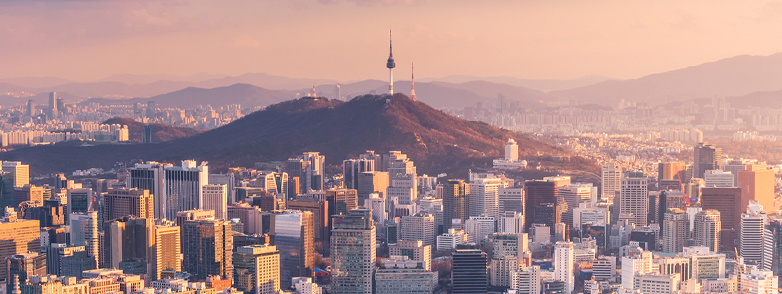
The Merlion is considered to be the mascot of Singapore. It is said to be a mythical beast that is half lion and half fish. It symbolizes the courage, resilience, and strength of the citizens of Singapore. If you are interested to see this Merlion, there is an 8-meter high status standing at the mouth of the famous Singapore River. Getting there: Walk along the riverfront from the Raffles Place MRT Station.
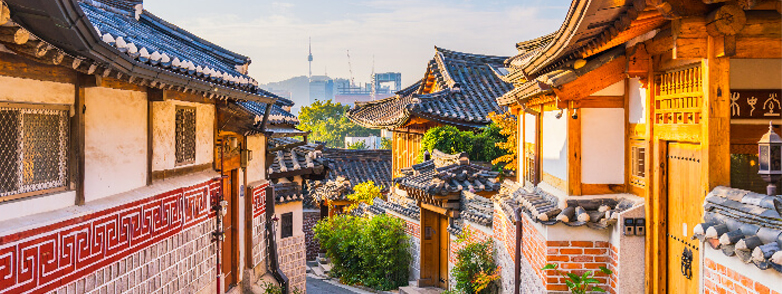
Singapore's Chinatown has got to be one of the most popular places in the whole of Singapore. It started back in the 1820s when the first Chinese trader from Xiamen, China, set foot on the island. If you happen to travel to this area, you will notice that it has a lot of colours and there's a unique atmosphere in the place. It is also a very prosperous commercial area. During the Chinese New Year celebration, expect to see a lot of traditional Chinese food and be amazed by the colourful decorations of Chinatown. Getting there: Take a short walk from Outram Park or Chinatown MRT Stations.
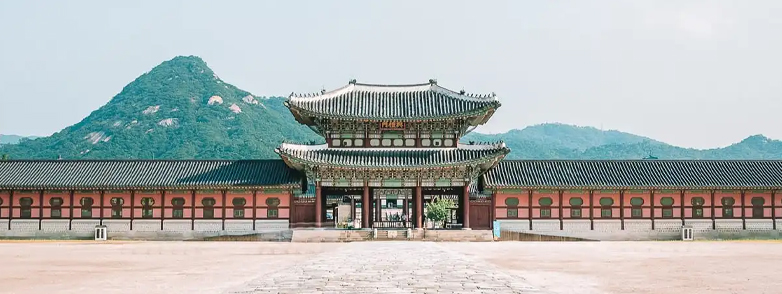
This is a very popular hangout place for those interested in Singapore's city nightlife. In this area, you can find a lot of air-conditioned shop houses, push-carts selling mementos, bars, discos, and restaurants. Besides these, you can also find a large variety of handicrafts and souvenirs here. A perfect place for shoppers and diners alike. Getting there: Head to the Riverfront from Clarke Quay MRT Station.


